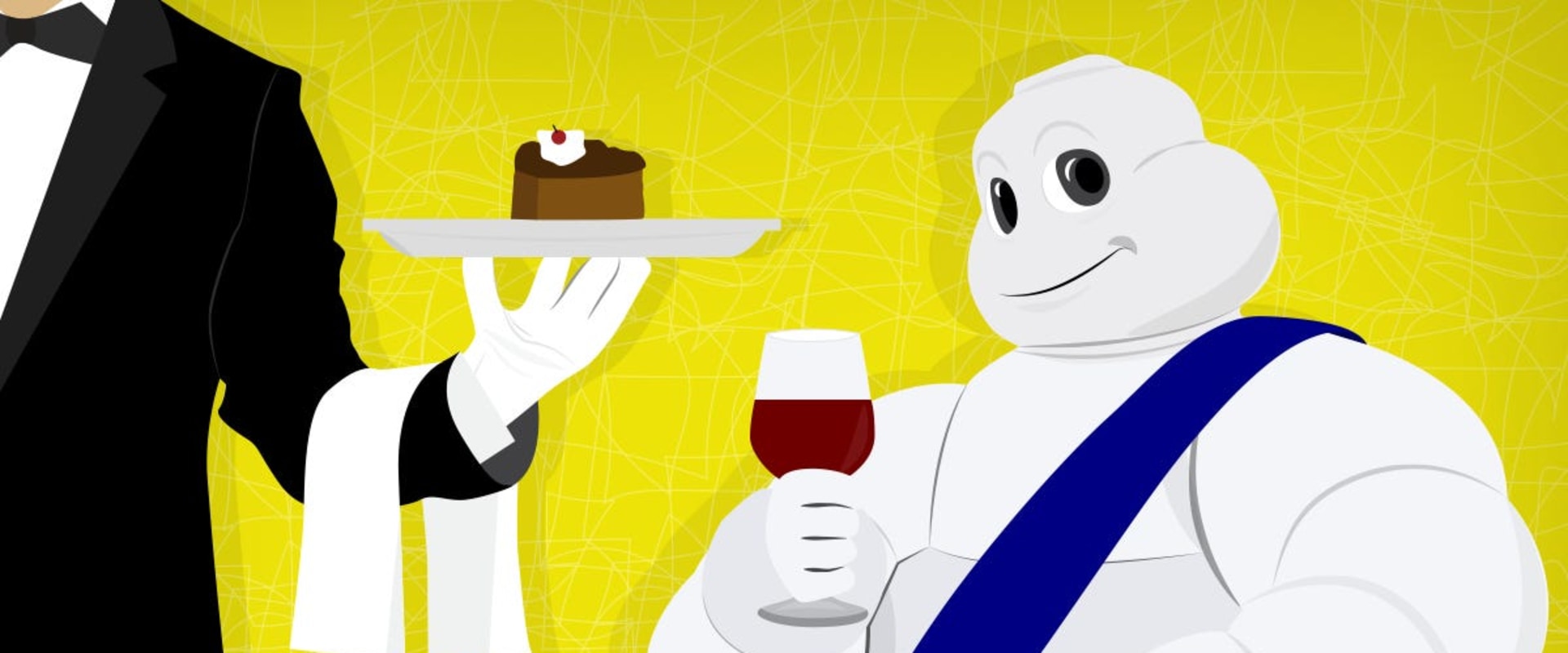At the beginning of the 20th century, Auguste Escoffier had an immense influence on the configuration of haute cuisine as we know it today. At the end of the 19th century and the middle of the 20th century, a modernization of haute cuisine began. Much of this new food owes its improvement to Georges Escoffier Auguste. Auguste was a chef and owner of numerous restaurants and, in addition, a culinary writer.
Many of Escoffier's strategies to modernize haute cuisine were based on formulas invented by Marine-Antonie Carême, a pioneer of great cuisine. Haute cuisine is influenced by French cuisine, with elaborate preparations and presentations, which serves small and multiple dishes prepared by a hierarchical kitchen staff, historically in large restaurants and hotels in Europe. In general, nouvelle cuisine emphasizes natural flavors, so the freshest possible ingredients are used, preparation is simplified, heavy sauces are less common, as are strong marinades for meat, and cooking times tend to be reduced. Known by the French as the “roi des cuisiniers et cuisinier des rois” (“king of chefs and chef of kings”), Georges Auguste Escoffier is the original father of modern French cuisine.
In particular, it was the most visible driving force behind the Nouvelle Cuisine movement, a new cooking style established around the 1960s, which sought to further simplify, refine and rationalize the complexities of classic French cuisine. La Varenne wrote the cookbook Le Cuisinier François in 1651, one of the founding documents of modern French cuisine. The cuisine was very rich and opulent, with delicious sauces made from butter, cream and flour, the basis of many typical French sauces that are still used today. Starting with one of the most influential cookbooks in history and ending with the master of Nouvelle Cuisine.
Another basis of French cuisine is the gastronomic experience, which requires careful presentation, elegance and community at mealtime. In addition, Escoffier promoted the culinary profession through an organized professional kitchen that worked without problems with its innovative kitchen brigade system, which presents a solid organizational and hierarchical system. With the publication of Le Guide Culinaire in 1903, Escoffier adapted haute cuisine to be more modern. Later, French cuisine expanded beyond the borders of France, and chefs from all over the world studied these published guidelines.
He taught French cuisine as a sophisticated art form that required technique and precision, and his recipe manuals made French cuisine more accessible. What is intriguing about Aitkens' willingness to accept the patronage of the noble Lord is how important this is in the 200-year history of haute cuisine in this country. For this reason, primitive haute cuisine was accessible to a small demographic group of rich and powerful people. By simplifying Carême's formulas and also including his own particular touches, Escoffier was able to discover modern French cuisine.




Leave Reply